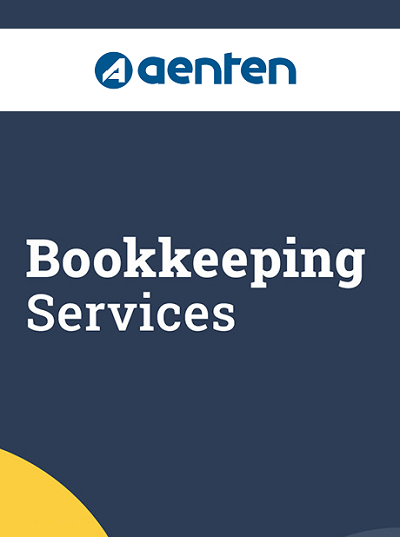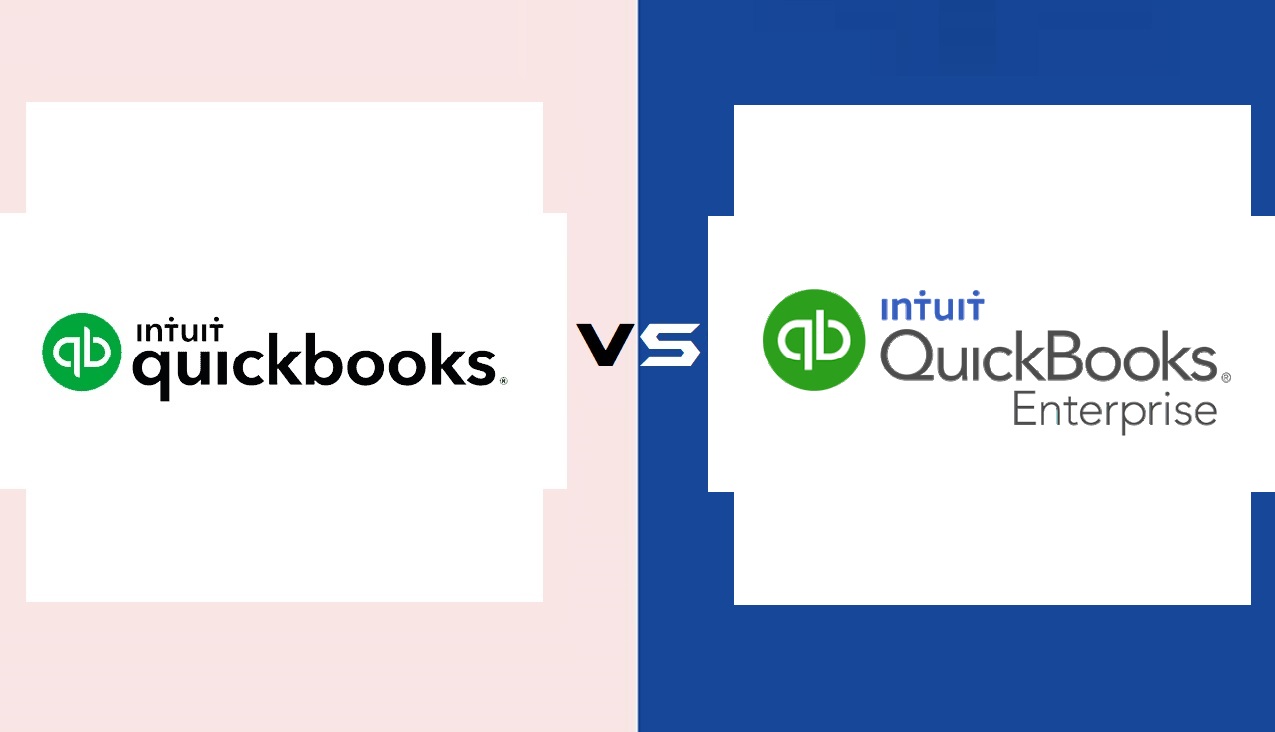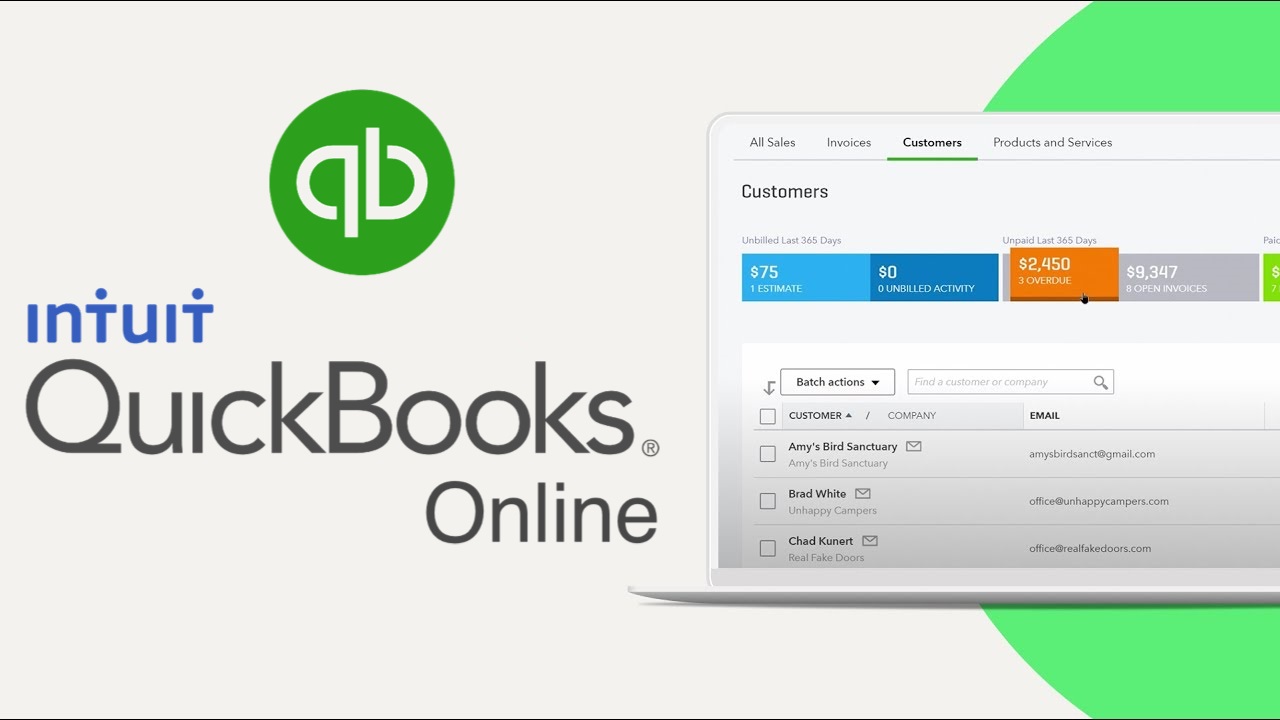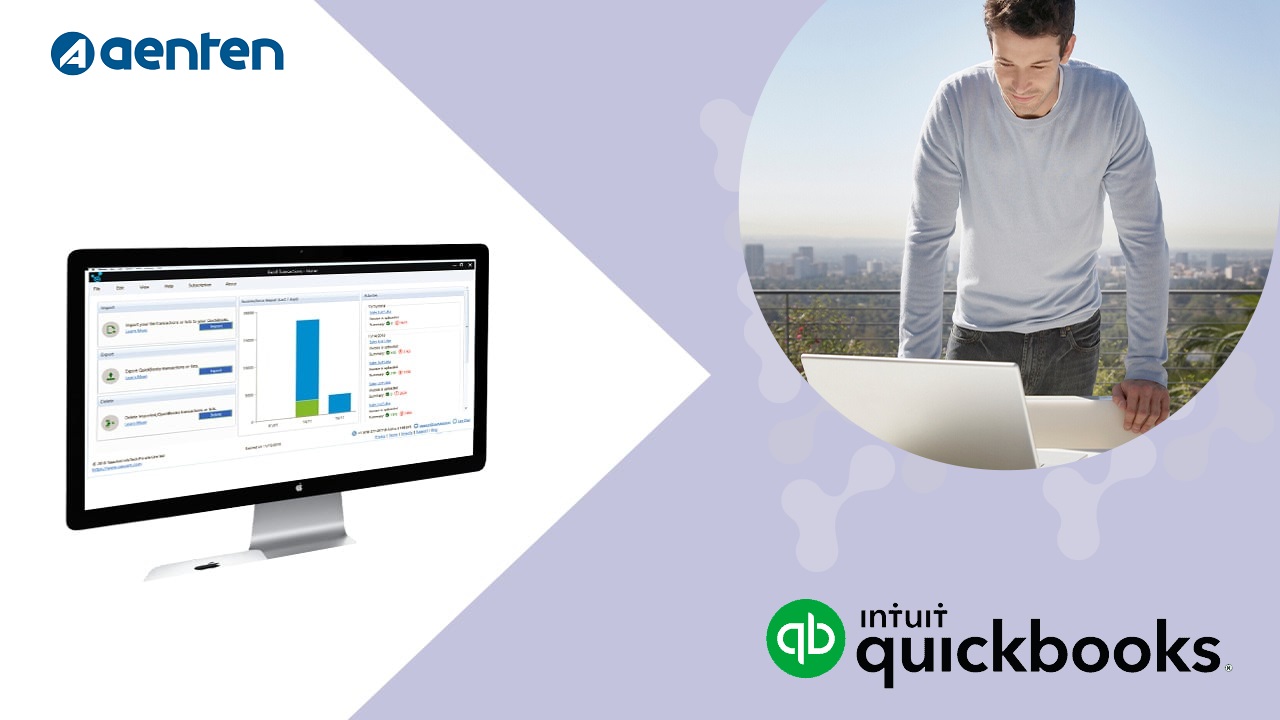A balance sheet is a financial statement that provides a snapshot of a company’s financial position at a specific point in time. It shows the company’s assets, liabilities, and equity, and is often used to assess the financial health of the company. In this article, we’ll explore what a balance sheet is, why it’s important, and how to interpret the information it provides.
What is a balance sheet?
A balance sheet is a financial statement that reports a company’s financial position at a specific point in time. It’s called a balance sheet because it shows the balance between the company’s assets, liabilities, and equity. The balance sheet is one of three financial statements that companies use to communicate their financial performance, along with the income statement and the cash flow statement.
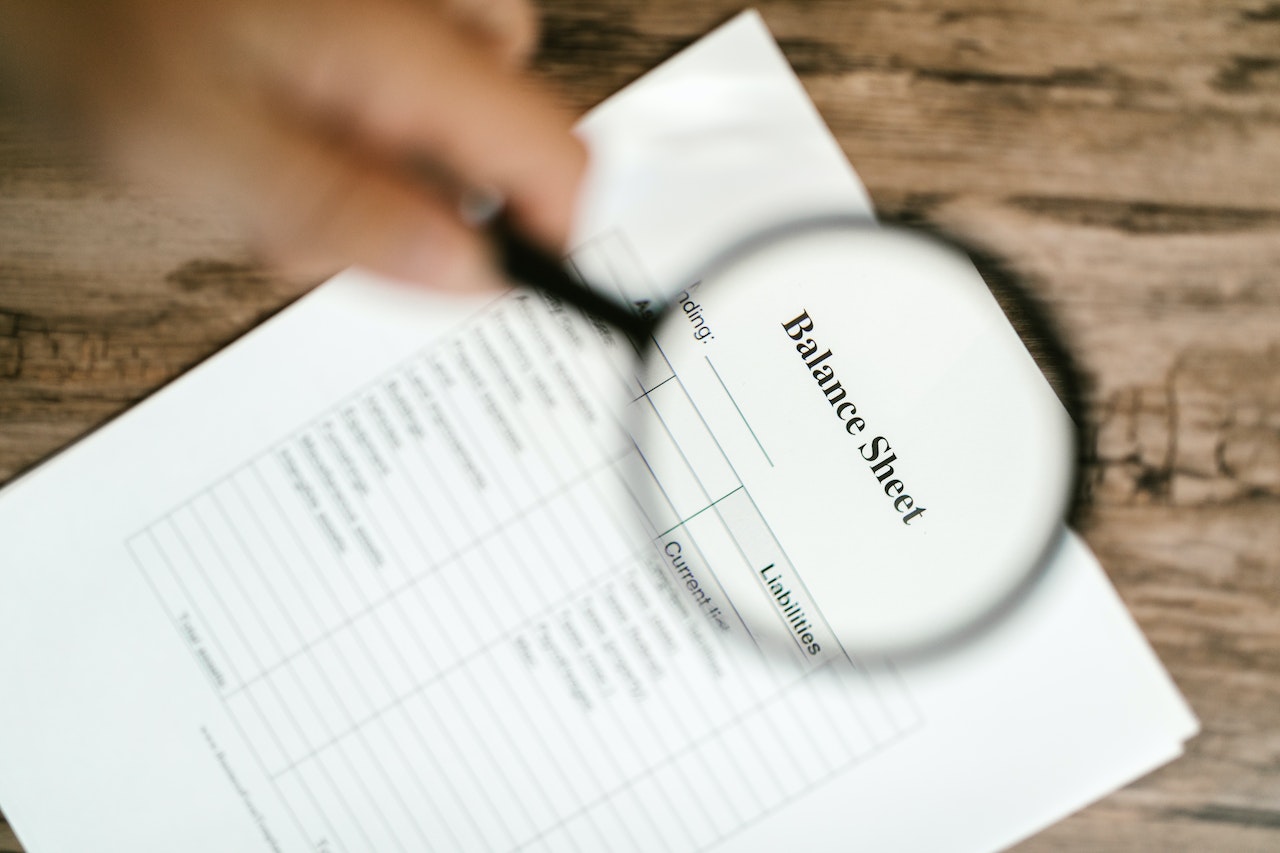
The balance sheet is based on the accounting equation, which states that a company’s assets must equal its liabilities plus its equity. In other words, the balance sheet shows what a company owns (its assets) and what it owes (its liabilities), as well as what’s left over for the owners (its equity).
Why is a balance sheet important?
A balance sheet is important for several reasons:
- It provides a snapshot of a company’s financial position at a specific point in time, which can help investors, creditors, and other stakeholders make informed decisions.
- It shows a company’s assets, liabilities, and equity, which are important indicators of financial health.
- It helps investors and creditors evaluate a company’s ability to meet its financial obligations, such as paying back loans or making payments to suppliers.
- It’s often used in financial analysis to calculate key ratios, such as the debt-to-equity ratio, which can help investors assess the risk of investing in a company.
How is a balance sheet structured?
A balance sheet is structured into three main sections: assets, liabilities, and equity. Each section is further divided into subcategories, as shown in the following example:
ABC Company
Balance Sheet
As of December 31, 2022
Assets
Current Assets
Cash and cash equivalents $10,000
Accounts receivable 5,000
Inventory 20,000
Total Current Assets 35,000
Property, Plant, and Equipment
Land 50,000
Buildings 100,000
Equipment 25,000
Total Property, Plant, and Equipment 175,000
Total Assets $210,000
Liabilities and Equity
Current Liabilities
Accounts payable 5,000
Accrued expenses 2,000
Short-term loans payable 8,000
Total Current Liabilities 15,000
Long-term Liabilities
Long-term debt 50,000
Total Long-term Liabilities 50,000
Shareholders' Equity
Common stock 30,000
Retained earnings 5,000
Total Shareholders' Equity 35,000
Total Liabilities and Equity $210,000
Assets
The assets section of the balance sheet lists everything that a company owns and that has value. Assets are usually divided into two categories: current assets and long-term assets.
Current assets are assets that are expected to be converted into cash within one year. They include cash and cash equivalents, accounts receivable, inventory, and prepaid expenses.
Long-term assets are assets that are not expected to be converted into cash within one year. They include property, plant, and equipment, intangible assets, and investments.
Liabilities
The liabilities section of the balance sheet lists everything that a company owes to others. Liabilities are also divided into two categories: current liabilities and long-term liabilities. Current liabilities are debts that are due within one year, such as accounts payable, accrued expenses, and short-term loans payable.
Long-term liabilities are debts that are due beyond one year, such as long-term debt, which includes loans, mortgages, and bonds.
Equity
The equity section of the balance sheet shows the residual interest in the assets of the company after deducting liabilities. It represents the value of the company that belongs to the shareholders or owners.
Equity is made up of two main components: contributed capital and retained earnings. Contributed capital represents the amount of money that shareholders have invested in the company, typically through the purchase of common stock. Retained earnings represent the accumulated profits of the company that have not been paid out as dividends to shareholders.
Interpreting a balance sheet
Interpreting a balance sheet requires an understanding of the relationship between assets, liabilities, and equity. The key equation is:
Assets = Liabilities + Equity
If the assets of a company are greater than its liabilities, then the company has a positive equity position, which is known as the net worth or book value of the company. Conversely, if the liabilities of a company are greater than its assets, then the company has a negative equity position, which is known as a deficit.
Investors and creditors use the balance sheet to evaluate a company’s financial health and ability to meet its financial obligations. The following ratios are commonly used to analyze a company’s balance sheet:
- Current ratio: This ratio measures a company’s ability to meet its short-term obligations. It’s calculated by dividing current assets by current liabilities. A current ratio of 1.5 or higher is considered favorable.
- Debt-to-equity ratio: This ratio measures a company’s level of debt relative to its equity. It’s calculated by dividing total liabilities by total equity. A debt-to-equity ratio of 1.0 or lower is considered favorable.
- Return on equity: This ratio measures a company’s profitability relative to its equity. It’s calculated by dividing net income by total equity. A higher return on equity is generally considered more favorable.
Also Read : Top 10 Risk Management Strategies for Small Businesses.
Conclusion
In summary, a balance sheet is a financial statement that provides a snapshot of a company’s financial position at a specific point in time. It shows a company’s assets, liabilities, and equity, and is an important tool for investors, creditors, and other stakeholders to assess a company’s financial health and ability to meet its financial obligations. Understanding how to read and interpret a balance sheet is an important skill for anyone involved in financial analysis or investing.
